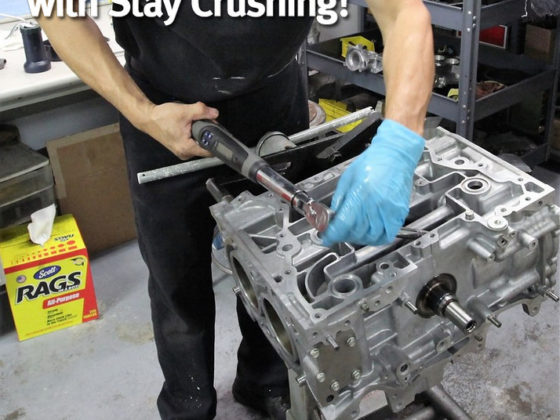,
 Even though LRS’ home base is at Magny-Cours, their operations and maintenance center is outside of the circuit. This required transporting the vehicles, but only about two miles. A tractor-trailer set up enables them to stack Formula Renaults 3-vehicles high and several vehicles deep. LRS uses other trucks to transport the rest of their equipment, from tools to tables and everything in between.
Even though LRS’ home base is at Magny-Cours, their operations and maintenance center is outside of the circuit. This required transporting the vehicles, but only about two miles. A tractor-trailer set up enables them to stack Formula Renaults 3-vehicles high and several vehicles deep. LRS uses other trucks to transport the rest of their equipment, from tools to tables and everything in between. LRS maintains a large fleet of these vehicles, and can accommodate sizeable groups. Even with so many cars on track, the experience turned out great.
LRS maintains a large fleet of these vehicles, and can accommodate sizeable groups. Even with so many cars on track, the experience turned out great.From 2000-2009, Tatuus, an Italian chassis maker, was contracted to work with Renault to design and build the single-seater cars. Formula Renault championships have been held in countries all over the world, often times with drivers using them as a stepping stone to Formula Three and beyond. Kimi Räikkönen actually made the leap directly into F1 from the British Formula Renault championship.
The first generation cars were equipped with a 16-valve, 4-cylinder Renault Clio engine that provided 192 BHP at 6,500 RPM. These engines were sealed from the Renault Sport factory and equipped with a Magneti-Marelli ignition system that also was sealed. With a suggested 0-100 MPH (160 km/h) speed of 4.85 seconds they are fairly quick cars, although the 159 LB/FT of torque means they don’t feel as fast as they actually are.
 The engines utilize a dry sump oiling system. The exhaust note is reasonably quiet, and the cars are driveable without earplugs, should one be so inclined. Rounding out the spec drivetrain is a Sadev 6-speed sequential transmission. There is a reverse gear, but one hopes that it is never needed! The clutch is typically only used for starting from a dead stop.
The engines utilize a dry sump oiling system. The exhaust note is reasonably quiet, and the cars are driveable without earplugs, should one be so inclined. Rounding out the spec drivetrain is a Sadev 6-speed sequential transmission. There is a reverse gear, but one hopes that it is never needed! The clutch is typically only used for starting from a dead stop. Unfortunately for me, LRS Formula had run out of paddle-shifter equipped Renaults, so I was “stuck” driving a more traditional lever-actuated sequential setup (bottom right of frame).
Unfortunately for me, LRS Formula had run out of paddle-shifter equipped Renaults, so I was “stuck” driving a more traditional lever-actuated sequential setup (bottom right of frame).I was required to use the clutch for downshifts (although I did not need to rev-match). Upshifts were lift-free and clutch-free affairs. This definitely made for an interesting first session, as I had to figure out how to maneuver my hand in the tight cockpit for both pulling and pushing the shifter comfortably. By the end of the day I had a bit of a bruise from the shifter on the outside of my thigh, and I developed a blister on my shifter hand almost immediately, likely from my 10+ year old worn out gloves (old habits die hard). First world problems, I assure you.
 You can see just how tight the cockpit is here.
You can see just how tight the cockpit is here. Getting into the car requires a little bit of human tetris, as there is a hump in the tunnel where your legs go that you must figure out how to get your feet up and over. Once inside, there’s not a lot of room. You basically sit on the bottom of the tub. There’s not really a “seat”. LRS does provide sufficient rubber inserts to get even my tiny wife into an appropriate and safe driving position.




